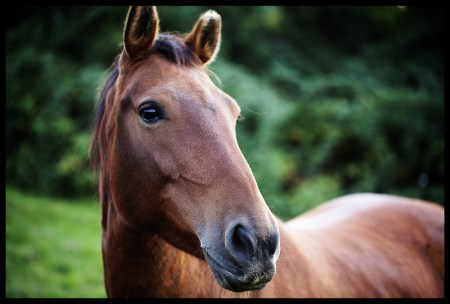The Project:
One Mustang directly off the range, One Trainer, Many Students, Communication through body language, Tools used only for safety, never to train
To discover how far Equestrian Art can be developed solely using body language.
Choices
We all have less control than we think, and a lot more choices than we realize.
With horses we find ourselves in this magical situation where we can fly through time and space with a power and speed we could never have on our own. And we also find there is a state of calmness we tap into, simply being around them, that is broader and deeper and more easily reached than without them.
Millions of people are drawn into close relationships with horses every year wanting these feelings and experiences and then finding themselves up against the interesting reality that horses have choices in this too.
There will be those magical moments when the horse seems to want just what you want. Then there will be all the other moments, the sort of moments where you want calm and your horse is edgy or your horse wants to nap and you want to canter. This is where people start fighting for control.
Somehow we think, if we take enough riding lessons or learn enough training theory or buy the perfect piece of equipment, we will find the means to control this thousand-pound animal into being the extension of ourselves we always dreamed of.
The sad part is sometimes we feel successful in gaining the control we thought we wanted. Our horse goes fast when we want to go fast and settles down when we want that too. Then we find ourselves longing a little for more of the magic that drew us into this relationship in the first place. We may have gained the control we thought we wanted, but we find ourselves wishing the horses seemed to want that relationship and these experiences as much as we do.
No matter how hard we try, gaining more control does not lead to the kind of magical connection experiences that drew us here in the first place. With intention and practice we may gain a great deal of control, but it will never be enough to get us what we really want.
Control is where we look into the past and wish we had done something differently so this moment would have turned out differently. Control is where we are concerned about what is going to happen in the future and think about ways we can make it turn out right. This might make us feel safer, but we lose the magic of being alive with all this control.
While we may have less control than we think, we tend to have way more choices than we realize. This is where we have the power to get what we want in life.
Choice is about responding to current events.
Most of us make choices habitually without much thought, doing the things we have always done with only small variations on the theme.
So here is my challenge to all of you: Choose to consider your actions and your choices. For everything you do today, take a moment and think outside the box. Is there a choice you might make in this moment that you have never considered before? What would happen if you did? There are more options than you can imagine in every moment.
The choices you make today build what happens tomorrow, and, while you may have a lot less control over tomorrow than you think, you do have a lot more options today than you realize. When we start realizing that with our horses, that’s when they can be the partners we have been wanting all along.
Elsa Sinclair















